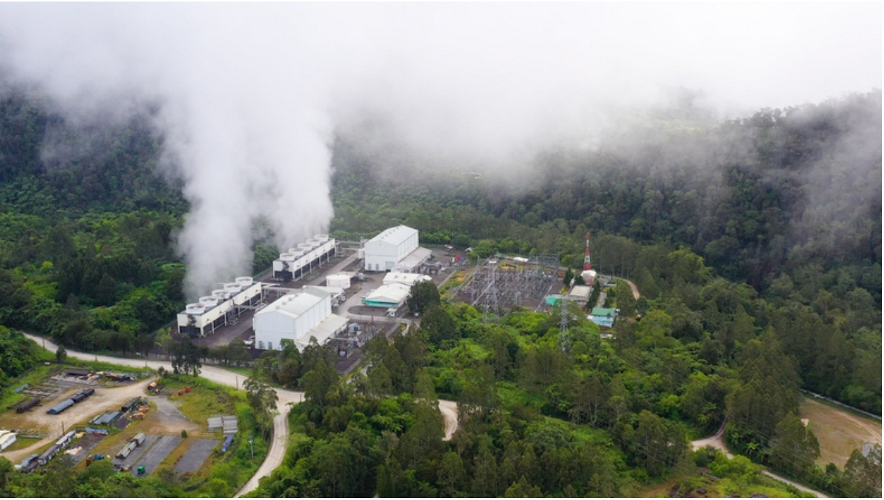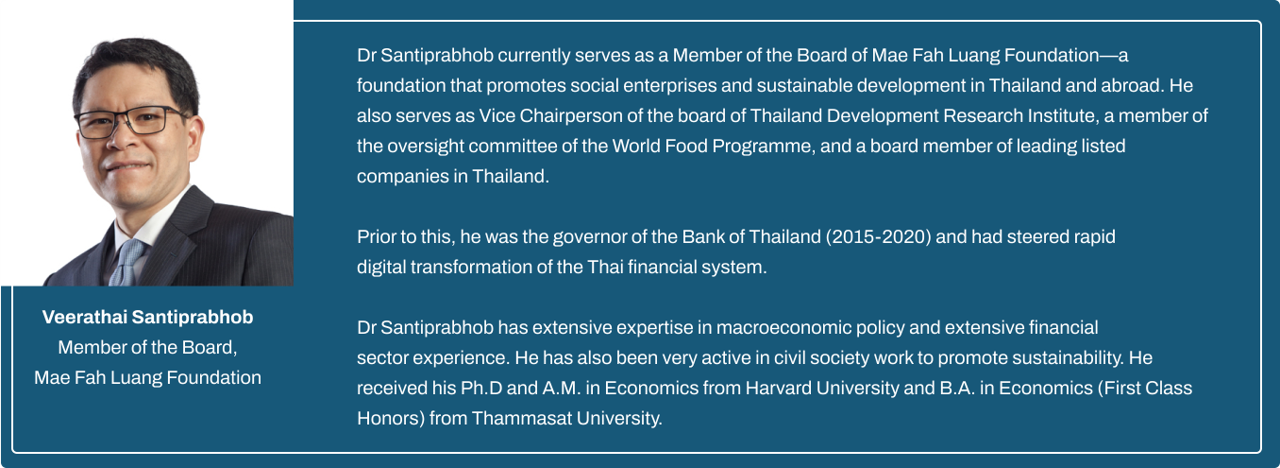If it is unquestionably right that asset allocators should be committing to low-carbon transition finance, it follows that every encouragement should be given to speed the flow of capital.
BNY Mellon recently published a report showing that the world might need something in the region of US$100 trillion to achieve the goal of net zero by 2050. Asia, with its high fossil fuel-derived energy dependence, needs about half of that figure. Delivering the funding will require a swift and comprehensive transformation of the financial system’s structures and processes, according to Hanneke Smits, CEO of BNY Mellon Investment Management.
“I also think there is a great opportunity here from an investment perspective to leapfrog some of the carbon-intensive technology that we have seen in developed markets, in much the same way mobile phones leapfrogged the laying down of landlines in rural India,” said Smits.
The hard work is deciding the strategies that will materially decarbonise a business. Joseph Bae, co-chief executive of global private equity and infrastructure firm KKR, believes investors must not shy away from allocating to companies that need to align themselves to net zero, including energy and utility companies.
For actual reductions in carbon emissions to occur, “it requires more than simply reducing the carbon exposure of an individual portfolio," Chris Trevillyan, director of investment strategy at Australian asset consultant Frontier Advisers. “Therefore, investors will need to invest in high emitters, but with a clear plan and direct actions to reduce the emissions in those businesses.”
Clean portfolios don’t solve the problem
Many investors are focused merely on reducing their reported carbon emissions or ‘portfolio carbon.’
“By myopically focussing on portfolio purity and picking and choosing investments that make them look green, without having to advocate for real-world carbon reduction, they aren’t effecting the kind of change needed to tackle the climate crisis,” said Hendrik du Toit, founder & chief executive of asset manager Ninety One.
“All they are doing is creating discrete so-called clean portfolios. They are leaving the problem of heavy emitters to others, perhaps even to bad owners.”
By way of example, in a typical global equity portfolio, a reduction of 50% exposure in the BRICS (Brazil, China, India and Russia) plus Indonesia will lead to a 3% reduction in reported portfolio carbon intensity. The weight of those countries in the index is just 8%, another reason divestment may be more attractive than engagement.
“This gives institutional investors an incentive to divest and avoid these markets. Our experience in emerging markets tells us a very different approach is required,” said Du Toit.
Much progress is being made in Asian sustainable investing, but as Joseph Bae points out, there is a two-speed market.
Asia’s electricity production must be a key area of capital focus
“The situation in the smaller markets, in terms of access to capital, is very different from China and India. There needs to be a recognition that where private capital can add value is in some of those gaps."
One of US-based investment firm KKR's largest investments is in the Philippines power company First Gen. "They produce almost 20% of all the electricity in the Philippines, and it’s almost all renewable. Geothermal, hydro, wind and solar," said Bae.

Geothermal power plant on Mount Apo. Steam and pipework at the Geothermal Power Station. Mindanao, Philippines.
But the Philippines is not a market where a lot of international capital flows. “There are real gaps in terms of availability of funding. So that has to be a big part of the solution.
The financial community needs to scale up the creation of financial instruments that help capital allocators channel capital to companies and projects that move the global economy closer to carbon neutrality - and that enable poorer nations the opportunity to participate in the net-zero transition.
Electricity production must be a key area of capital focus. Many emerging markets, such as India and Indonesia, still rely heavily on coal for electricity production, with fossil fuel accounting for 25-40% of total carbon emissions. Transport accounts for a further 9-18%. Since electric vehicles need a clean energy grid to deliver the benefit, cutting emissions from electricity production can tackle 40-50% of total emissions in many emerging markets.
According to Du Toit, four major funding streams need to be developed to clean up electricity generation in the developing world:
- Available capital must be scaled up for renewable energy roll-out. That requires a concerted effort across public and private markets and incentives to be considered across the capital structure.
- Sizeable investment needs to be directed towards expanding transmission infrastructure. Distributing power over long distances is a crucial consideration in Asia Pacific. It will require governments to work closely with finance and power generators.
- Incentives for state utilities to accelerate the closure of high-emitting plants. There can be no transition without a clear plan to phase out the highest emitters. This phase will be particularly difficult in parts of Asia.
- Funding for a fair transition for employees and communities at risk from removing the reliance on fossil fuels. This process will need to be handled very sensitively to ensure that local communities are given the resources to survive the removal of their lifeblood. A successful investment outcome relies on this just transition.
Engaging governments to collaborate with institutional investors will be crucial if targets are to be achieved. “The investment community cannot do it on its own. We have to collaborate with government and policymakers to ensure that the right incentives and frameworks are in place,” said Smits.
“For governments, policymakers and capital allocators, this is the longer path to take. It is also the right path,” added Du Toit.
Bae is excited by the opportunity to invest in the ‘brown to green’ transition. But he believes Asia needs to be a leading force for the world to really make progress on decarbonisation.
“With China and India among the biggest emitters globally, this is going to be an enormous challenge for Asia, but also an investment opportunity. I’m optimistic that regulators, governments, and the private sector will find a way to work together.”
Posted 10/03/2023

















